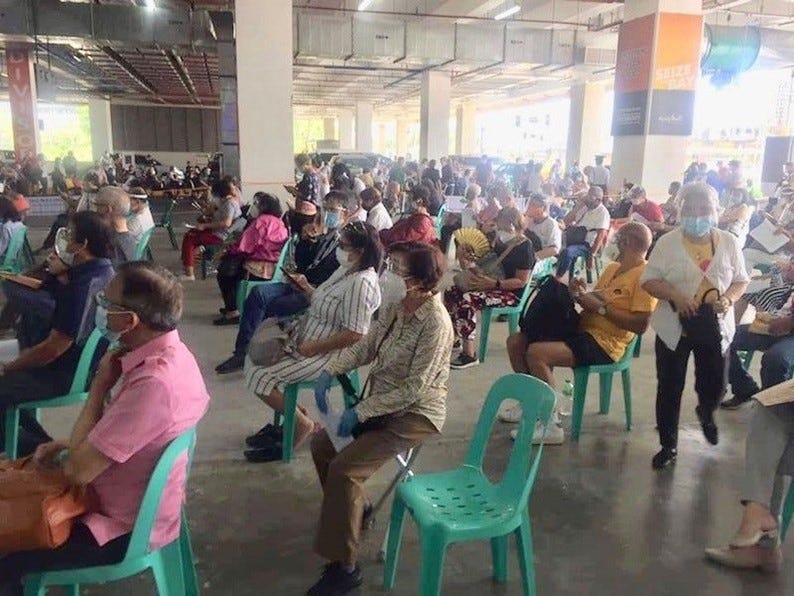Philippines Starts to Get Act Together on Covid
Draconian policies, corruption, mismanagement finally somewhat behind them
After 20 months during which President Rodrigo Duterte’s main weapon against the Covid-19 coronavirus was to threaten to jail anybody who went outside, the Philippines seems to be getting its act together.
Southeast Asia as a whole has begun to emerge from the worst effects of the pandemic, with new cases in the Philippines down by 33 percent over the pa…
Keep reading with a 7-day free trial
Subscribe to Asia Sentinel to keep reading this post and get 7 days of free access to the full post archives.

